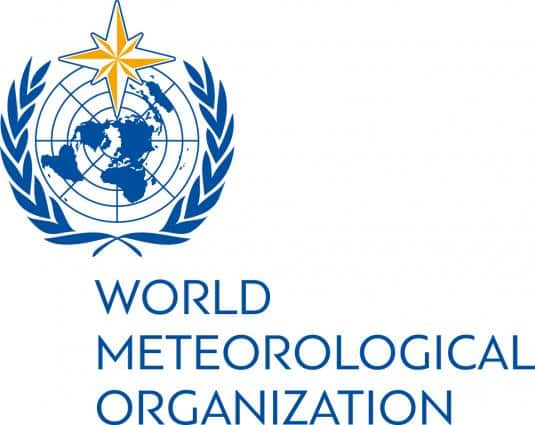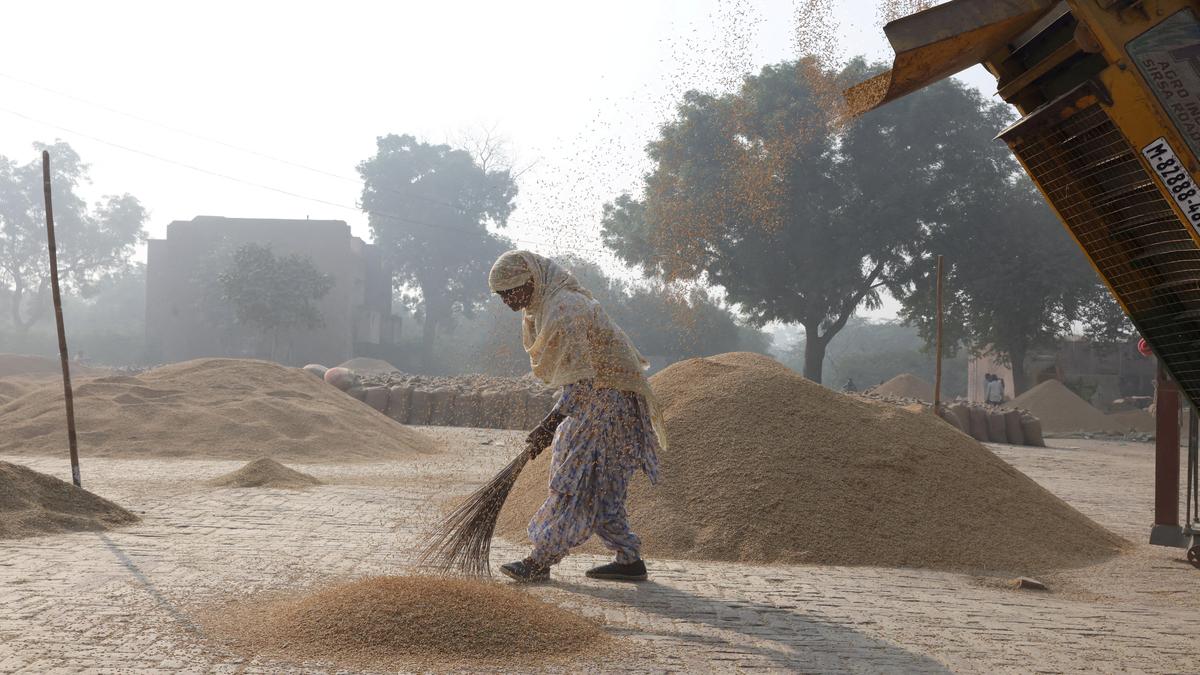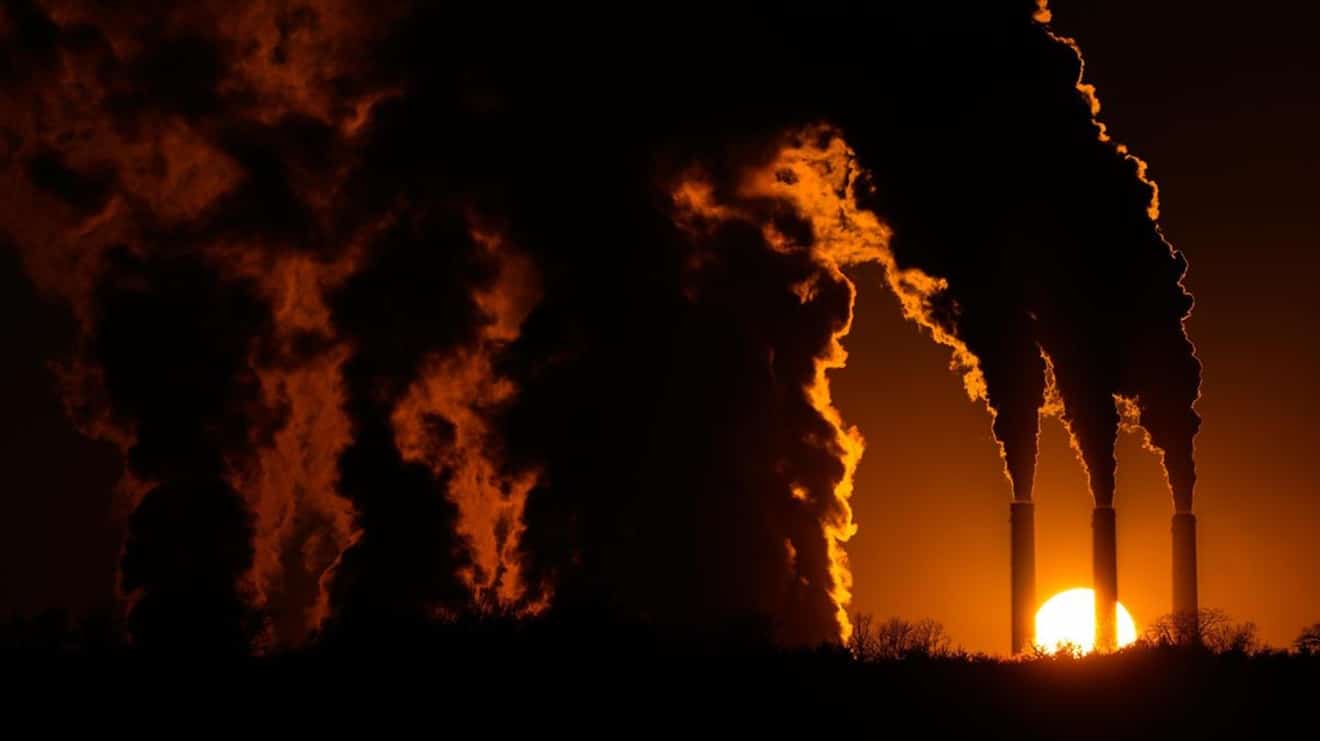What’s in today’s article?
- Why in News?
- About World Meteorological Organisation (WMO)
- What does WMO do?
- Members & Governance Structure
- News Summary
- About Global Greenhouse Gas Monitoring Infrastructure
Why in News?
- Government of India has proposed to launch a mega global alliance under its leadership to protect big cats and assured support over five years with guaranteed funding of USD100 million (over Rs 800 crore).
About World Meteorological Organisation (WMO)
- The World Meteorological Organization (WMO) is an intergovernmental organization.
- It originated from the International Meteorological Organization (IMO), the roots of which were planted at the 1873 Vienna International Meteorological Congress.
- Established by the ratification of the WMO Convention on 23 March 1950, WMO became the specialised agency of the United Nations for meteorology (weather and climate), operational hydrology and related geophysical sciences a year later.
- Secretariat – Geneva, Switzerland
What does WMO do?
- WMO coordinates the activities of National Meteorological and Hydrological Services in 193 States and Territories so that basic weather, climate and water services are made available to anyone who needs them, when they need them.
- These weather, climate and water services contribute towards socio-economic development, environmental management and policy formulation.
- WMO guarantees the publication of observations and statistics and furthers the application of meteorology and hydrology (including the monitoring and predictions of climate change and ozone) to all aspects of human activities.
- WMO also encourages research and training in meteorology and hydrology and their related applications and contributes towards reducing the impact of weather- and climate-related hazards.
Members & Governance Structure
- WMO Members include a total of 187 Member States (including India) and 6 Member Territories.
- The WMO is governed by the World Meteorological Congress, which is composed of all WMO Members.
- The World Meteorological Congress meets every four years to review, and give policy guidance to, WMO Programmes.
News Summary
- The United Nations announced that it had taken a significant step towards trying to fill a key gap in the fight against climate change: standardised, real-time tracking of greenhouse gases.
- The U.N.’s World Meteorological Organisation has come up with a new Global Greenhouse Gas Monitoring Infrastructure.
About Global Greenhouse Gas Monitoring Infrastructure
- Currently, most GHG monitoring undertaken globally relies heavily on research capabilities and research funding.
- The intermittent nature of most research funding and the competitive processes used for its allocation makes sustained global monitoring difficult to achieve.
- The proposed Greenhouse Gas Monitoring Infrastructure will establish an internationally coordinated approach to observing network design, and to acquisition, international exchange and use of the resulting observations.
- It will engage and closely collaborate with both the broader scientific community, and other UN agencies and international coordination entities involved in GHG monitoring activities.
- The WMO’s new platform will integrate space-based and surface-based observing systems, and seek to clarify uncertainties about where GHG emissions end up
- It should result in much faster and sharper data on how the planet’s atmosphere is changing.
Q1) What is the meaning of Meteorology?
Meteorology is the branch of science concerned with the processes and phenomena of the atmosphere, especially as a means of forecasting the weather.
Q2) What is Greenhouse Effect?
The greenhouse effect is the way in which heat is trapped close to Earth’s surface by “greenhouse gases.” These heat-trapping gases can be thought of as a blanket wrapped around Earth, keeping the planet warmer than it would be without them
Source: U.N. takes step towards new way of tracking greenhouse gases | WMO
Last updated on January, 2026
→ Check out the latest UPSC Syllabus 2026 here.
→ Join Vajiram & Ravi’s Interview Guidance Programme for expert help to crack your final UPSC stage.
→ UPSC Mains Result 2025 is now out.
→ UPSC Notification 2026 is scheduled to be released on January 14, 2026.
→ UPSC Calendar 2026 has been released.
→ UPSC Prelims 2026 will be conducted on 24th May, 2026 & UPSC Mains 2026 will be conducted on 21st August 2026.
→ The UPSC Selection Process is of 3 stages-Prelims, Mains and Interview.
→ Prepare effectively with Vajiram & Ravi’s UPSC Prelims Test Series 2026 featuring full-length mock tests, detailed solutions, and performance analysis.
→ Enroll in Vajiram & Ravi’s UPSC Mains Test Series 2026 for structured answer writing practice, expert evaluation, and exam-oriented feedback.
→ Join Vajiram & Ravi’s Best UPSC Mentorship Program for personalized guidance, strategy planning, and one-to-one support from experienced mentors.
→ UPSC Result 2024 is released with latest UPSC Marksheet 2024. Check Now!
→ UPSC Toppers List 2024 is released now. Shakti Dubey is UPSC AIR 1 2024 Topper.
→ Also check Best UPSC Coaching in India

















